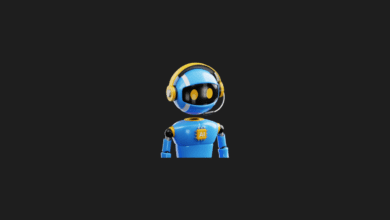
What is Robotic Coding? How to Start Coding with Robots
Robotic coding involves integrating machines and systems with software to create functional and intelligent devices, such as unmanned vehicles or smart home systems. By combining electronics, mechanics, and software, robotic systems are developed. With accurate design and coding, many tasks and operations can be automated by robots. In this article, we will explore what robotic coding is, how it is done, the fundamentals of robotics and coding, the impact of robotic coding education, and the benefits it offers to students.
Robotic coding empowers children growing up in a technology-driven world to gain diverse skills. By learning to use rapidly evolving information technologies, children can engage in critical thinking, production, and consumption of information, while adhering to digital ethics. This education not only helps them communicate effectively in the digital environment but also facilitates their adaptation to the 21st century.
WHAT IS ROBOTIC CODING?

Robotic coding involves using software and programming to control and direct the movements of robots. Training in robotic coding aims to teach individuals the necessary programming skills to make robots operate and move effectively.
This training helps students or participants understand the design and structure of robots while gaining the ability to program them. The coded material controls a robot, and the results of the programming are typically displayed on a screen. This programming can produce animations, games, or other interactive elements. A new set of commands created using the coding language allows objects on the screen to move according to the given instructions. Although these virtual objects cannot be physically manipulated or touched, they respond to the commands issued through the programming.
Robotic coding education is increasingly vital in today’s fast-evolving technological landscape. It fosters a greater interest in technology among students, prepares them for future job opportunities, and equips them to keep pace with technological advancements.
WHAT IS CODING?
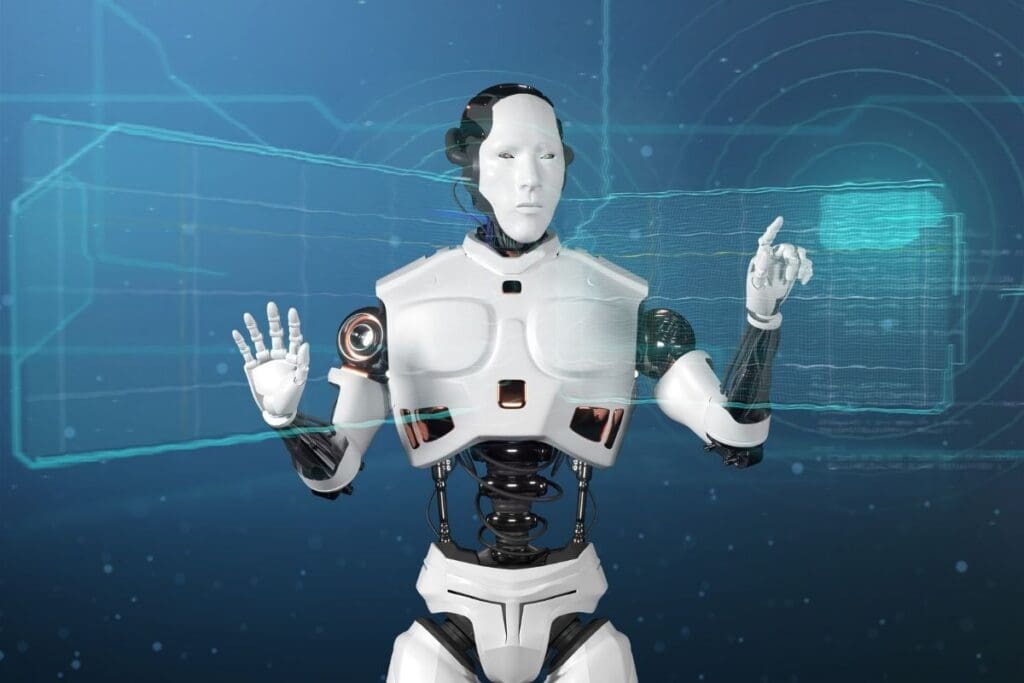
Coding, also known as programming, refers to the process of writing a set of commands for computers, mechanical systems, or electronic circuits to perform specific operations. A coding course covers the entire process of creating these commands according to predefined conditions. Robots, for instance, use sensors to perceive their environment, interpret the data they receive, generate results, and present these results as data.
A coding course can also be referred to as software development or programming language education. It involves writing computer programs using a programming language, laying the groundwork for software development.
The products of coding can include web pages, computer games, digital stories, robot codes, or smartphone applications. Coding is goal-oriented, meaning that each course begins with a specific objective and requires careful planning to achieve that goal. Effective planning involves outlining what needs to be done before diving into actual coding. Pseudocode, or simplified algorithmic instructions, helps in conceptualizing the software before translating it into actual programming code.
The ability to write and create code is fundamental to software engineering. Identifying the start and end points of the software is crucial for ensuring that different sections can be revisited and reused as needed. Even when developing a simple game, thorough planning is essential before starting the programming phase. To write efficient and functional code, all stages of the problem-solving process must be completed carefully.
WHAT IS ROBOTICS?

Robotics is an interdisciplinary field that combines machinery and machine control systems with electronics, computer science, and space sciences. It involves the design, control, and management of mechanical systems, incorporating electronic equipment for enhanced control and management. Robotics also encompasses the digital control of these systems and the establishment of operational parameters in predefined environments.
A robotics course integrates various disciplines, including mechatronics, machinery, software, control systems, automation, electrical-electronics, and aerospace.
WHAT IS ROBOTIC CODING IN EDUCATION?
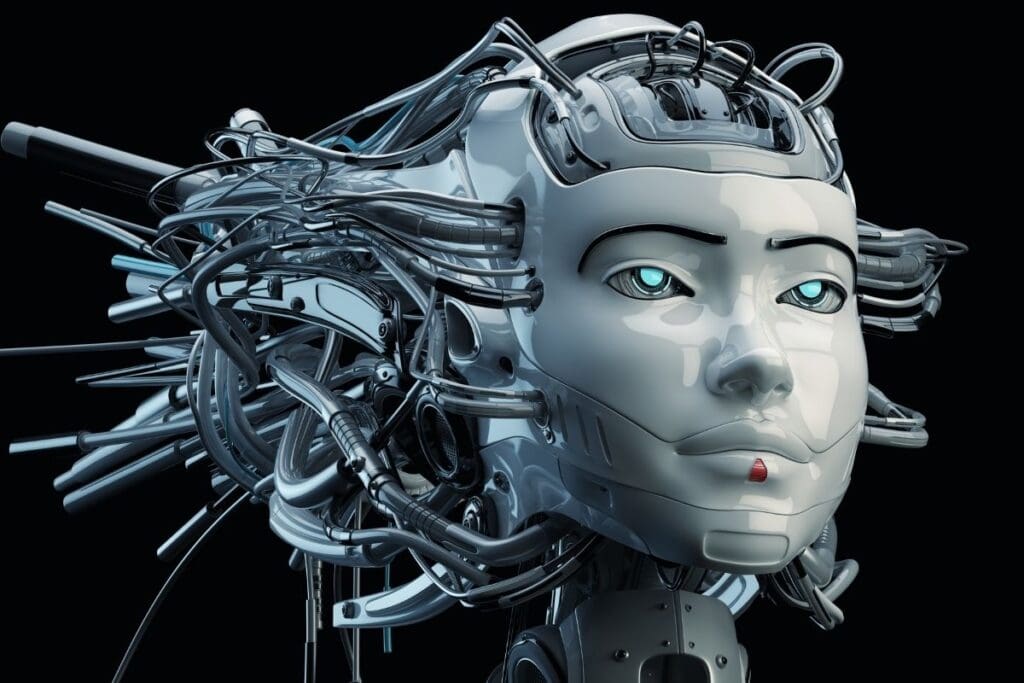
Robotic coding involves programming software to operate robots according to their functional mechanisms. This field of study spans from preschool to university education, offering numerous benefits at each stage.
In preschool, robotic coding introduces children to visual thinking, critical questioning, problem-solving, analysis, and algorithmic thinking. This early exposure broadens their horizons, helping them explore various fields, develop essential competencies, and prepare for future technological advancements.
Robotic coding in education familiarizes students with 21st-century information and communication technologies. It enhances creativity, entrepreneurship, productivity, analytical thinking, and problem-solving skills. Additionally, it helps students build a visionary mindset and discover their potential.
Through robotic coding, students gain a concrete understanding of computer science basics, coding principles, and robot mechanisms. As students engage with technology and STEM skills, they adapt to the digital age and its demands. In today’s rapidly evolving technological landscape, robotic coding education is increasingly vital, fostering greater interest in technology among students.
Effects of Robotic Coding Education on Education:
Research into the effects of robotic coding education on student achievement reveals several positive outcomes. Studies indicate that robotic coding education enhances students’ performance in mathematics, science, and engineering. It aids in the comprehension of abstract concepts and makes learning more engaging and enjoyable.
WHAT IS STUDENT GAIN WITH ROBOTIC CODING EDUCATION?
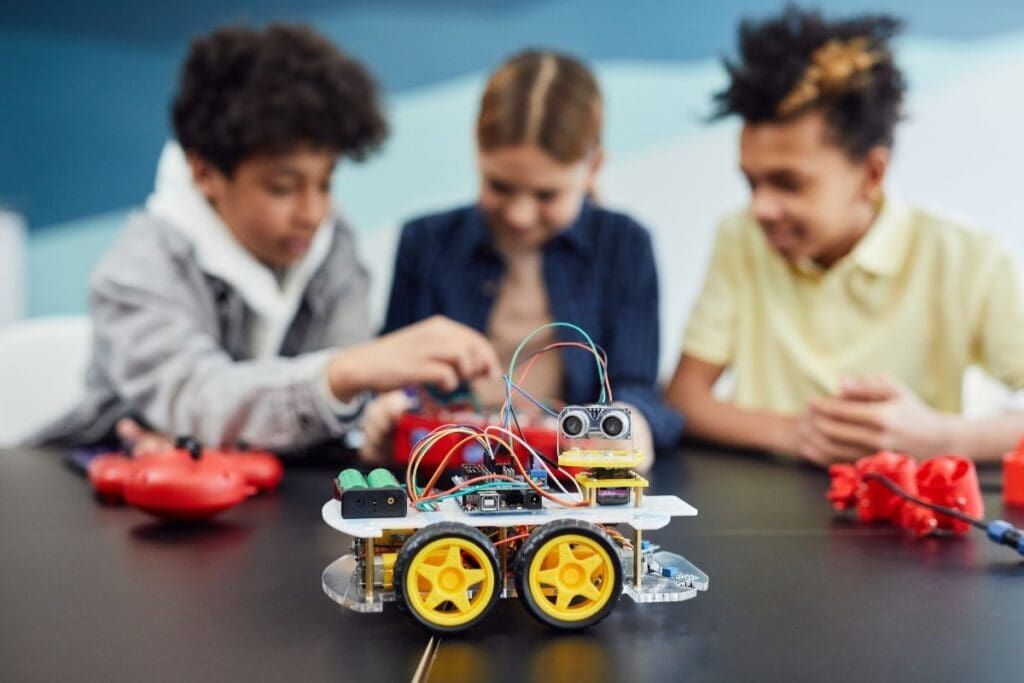
Robotic coding education provides numerous benefits to students, from preschool through to university level.
Through a robotic coding course, students:
- Enhance their computer skills,
- Learn to analyze problems, devise solutions, and refine those solutions, thereby improving their problem-solving abilities,
- Develop innovative projects based on algorithmic principles taught in the course,
- Gain hands-on experience by engaging with every stage of their project design,
- Utilize 3D design applications and transfer their projects to electronic formats,
- Apply and adapt projects created with various coding languages to real-world scenarios,
- Acquire a deeper understanding of technological tools and their applications.
ROBOTIC CODING TRAINING: EDUCATING THE TECHNOLOGY LEADERS OF THE FUTURE
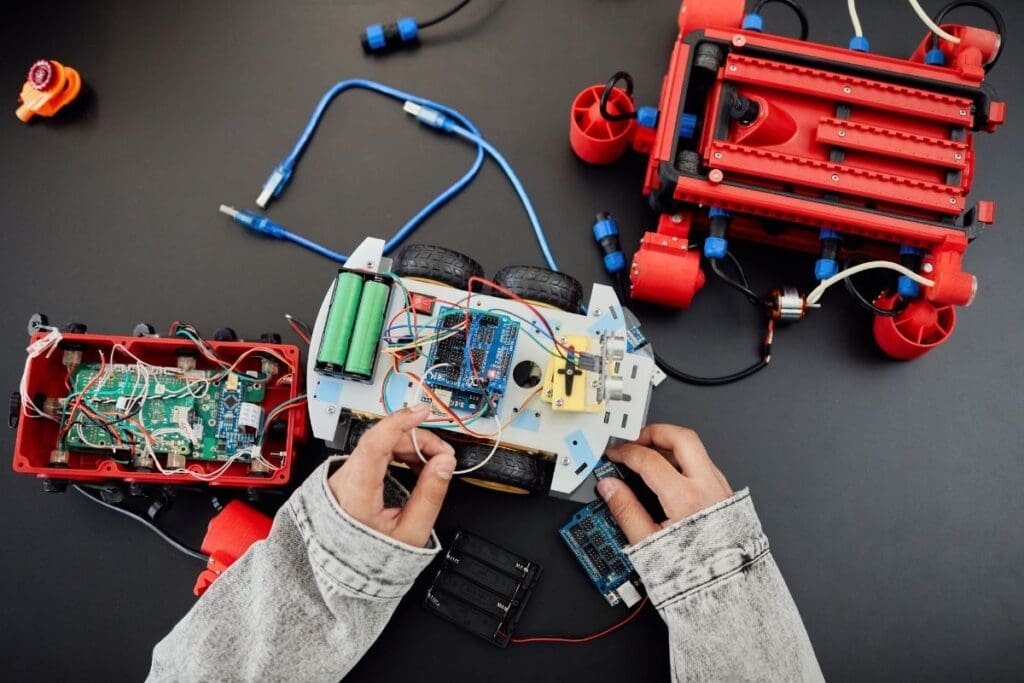
In today’s rapidly advancing technological landscape, robotic coding education is becoming increasingly crucial. This education aims to prepare students to become the technology leaders of the future by teaching them how to program and control robots.
Robotic coding education not only equips students with technical skills but also fosters creativity and problem-solving abilities. It provides them with the knowledge to understand and manage robot technologies used across various sectors such as healthcare, agriculture, transportation, and industry.
By offering this training, we can facilitate technological transformation and prepare future leaders for the evolving tech landscape. Robotic coding education is essential in our technology-driven world, enhancing problem-solving, logical thinking, and analytical skills. It also boosts interest in STEM fields and prepares students for future technologies. Literature supports the positive impact of robotic coding education on student outcomes.
BENEFITS OF ROBOTIC CODING COURSE
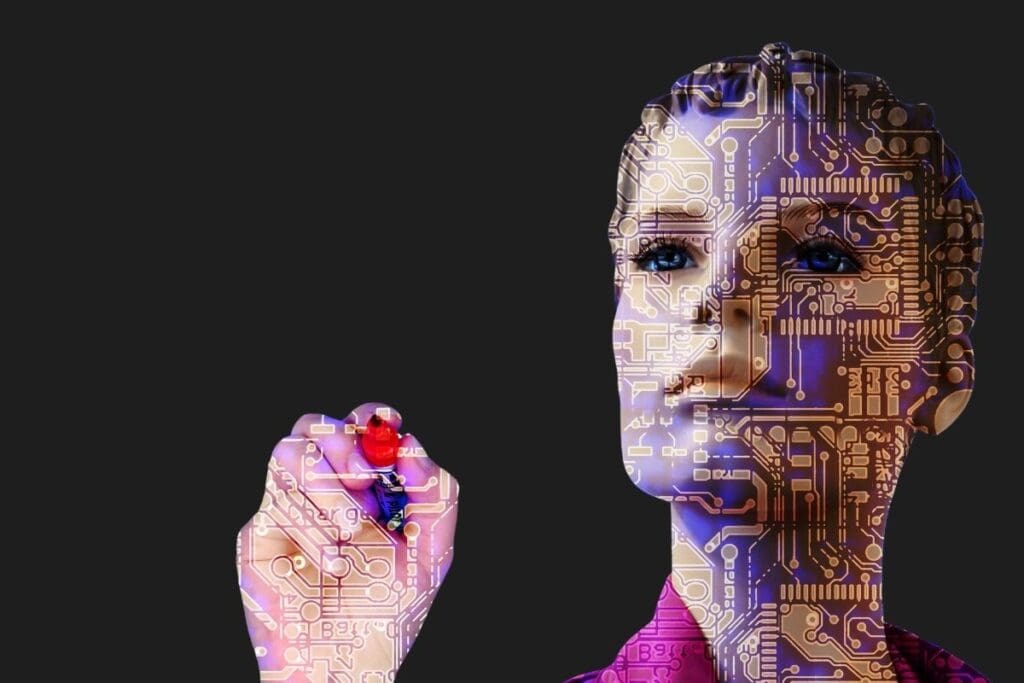
Benefits of Robotic Coding course;
Robotic coding education provides students with numerous lifelong benefits that can profoundly impact their overall development:
- Coding Skills: Students learn to code, which significantly enhances their technical abilities and opens up new opportunities for their future careers.
- Understanding Machine Logic: They gain a deep understanding of how machines work, which is crucial for designing and operating robotic systems.
- Enhanced Problem-Solving Abilities: Encountering and resolving challenges in designing, programming, and operating robots helps students develop strong problem-solving skills. They learn to devise creative solutions to various technical issues.
- Analytical Thinking: The course fosters analytical thinking by encouraging students to break down complex problems and evaluate different solutions systematically.
- Creativity and Systematic Thinking: Students experiment with various approaches during the robot design and programming process, enhancing their creativity and ability to think in a structured manner.
- Teamwork and Communication: As robotic coding often involves collaborative projects, students improve their communication and teamwork skills, which are essential in both academic and professional settings.
- Understanding Relationships: The course helps students recognize and understand relationships between different events or situations, contributing to their overall analytical skills.
- Early Exposure to Future Technologies: Students are introduced to cutting-edge technology at an early age, preparing them to be proficient technology users in the future.
- Increased Self-Confidence: Successfully completing challenging projects boosts students’ self-confidence and motivation, contributing to their personal development.
Overall, robotic coding education cultivates essential skills such as problem-solving, creative thinking, technological literacy, collaborative work, and leadership, equipping students with valuable attributes for their future endeavors.
WHICH LEVELS OF ROBOTICS CODING COURSE IS GIVEN TO STUDENTS?
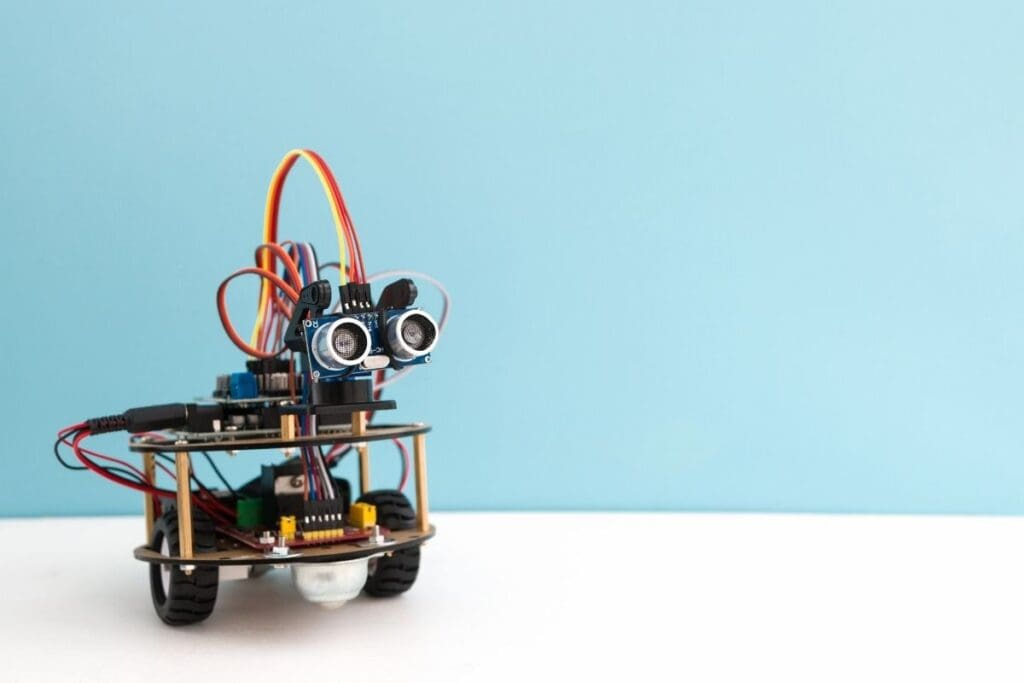
At Exam College, the Robotic Coding course begins as early as kindergarten. One of the key benefits of this course is its emphasis on problem-solving and reasoning skills. By introducing students to robotic coding in the early preschool years
WHY SHOULD WE TEACH CODING AND PROGRAMMING TO STUDENTS?
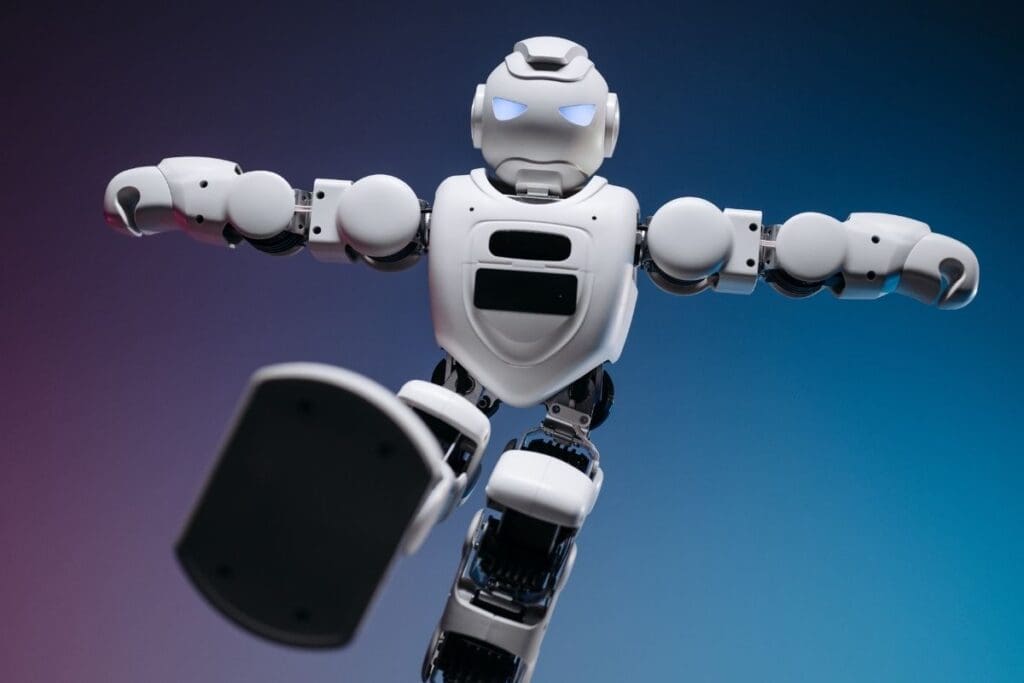
Thanks to advancements in technology, students’ systematic and alternative thinking skills are continuously improving. By teaching coding (programming), students are empowered to solve problems, think creatively, and recognize connections between events. The goal is to help students acquire these skills in both instructive and engaging environments.
IMPORTANCE OF ROBOTIC CODING EDUCATION
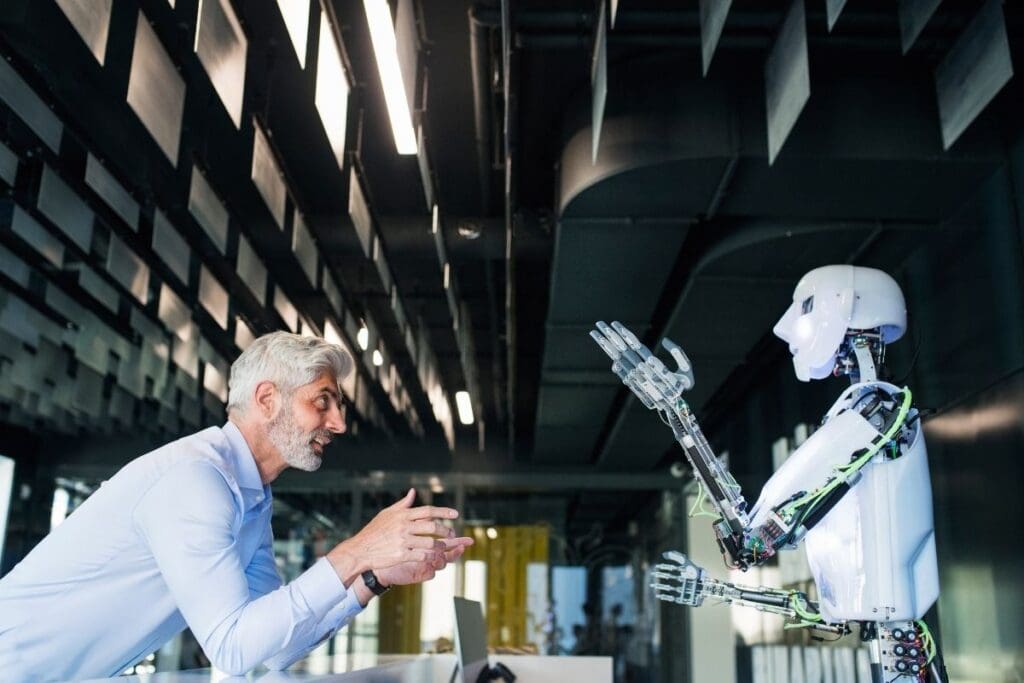
The significance of robotic coding education is highlighted by its role in fostering and advancing STEM skills. 21st-century skills, which include competencies in mathematics and the arts, contribute to the development of STEM (science, technology, engineering, and mathematics) abilities. Through robotic coding education, students acquire essential skills such as problem-solving, logical thinking, and creativity.
As robotic technologies become increasingly prevalent across various industrial sectors, there is a growing demand for individuals skilled in robotic coding. This education prepares students to meet future workforce needs and equips them with knowledge that will be valuable in the evolving job market.
Robotics projects provide students with practical experience in addressing real-world problems. This hands-on approach enables students to apply what they have learned to solve tangible issues, thereby reinforcing their problem-solving abilities in practical scenarios.
WHEN SHOULD ROBOTIC CODING TRAINING BE TAKEN?

With advancements in robotic coding education, children can now begin learning to code as early as age five during preschool. However, for children to effectively write and understand code, they must first have basic literacy skills. Typically, once children have learned to read and write, they begin engaging with robotic coding between the ages of six and ten. At this stage, they are highly receptive to new information and possess a strong sense of curiosity, making them open to learning comprehensive concepts.
Robotic coding education extends beyond young children and has been developed extensively for high school and university levels. Particularly in technology-focused high schools and engineering faculties, advanced robotic coding and STEM applications are integrated into the curriculum.
This form of education offers significant benefits to children and young people. It not only helps them adapt to the technological demands of the modern age but also empowers them to contribute creatively and innovatively to their own development.
WHO CAN GET ROBOTIC CODING TRAINING?

Robotic coding training is conducted by Information Technology teachers in schools. These educators play a crucial role in helping students enhance their skills in utilizing digital technologies and computers. They provide essential instruction in programming, coding, data management, and the effective use of digital media, ensuring that students acquire the necessary knowledge and competencies in these areas.
HOW TO GET ROBOTIC CODING TRAINING?
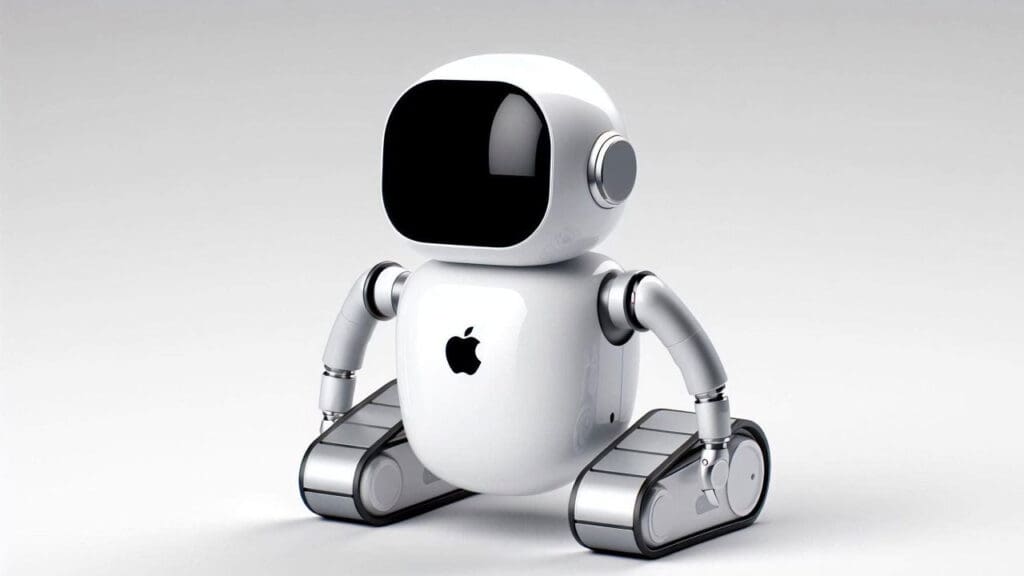
Robotic coding training is provided by Information Technology teachers in schools and private course centers. Basic robotics and coding education can also be delivered by parents at home or by specialized teachers in schools and dedicated course centers. Additionally, there are online training options designed specifically for different age groups, offering both basic and advanced robotic coding education. These programs teach children and young people the fundamental and advanced aspects of robotic coding, helping them build essential skills for the future.
HOW IS ROBOTIC CODING TRAINING GIVEN?

Robotic coding training is offered in schools and specialized course centers, tailored to various age groups and skill levels. Programs range from beginner to advanced levels, catering to diverse learning needs.
The content of robotic coding training generally includes basic concepts, programming languages and tools, practical applications, creativity, and project development.
At the beginner level, students are introduced to fundamental robotics and programming concepts. This includes learning about basic components such as robot parts, sensors, and motors. They are also taught basic programming languages (such as Python, Scratch, and Blockly) and visual programming tools. Through practical projects, students practice programming robots, integrating the concepts they have learned with real-world applications. They are encouraged to develop their own projects, fostering creativity and allowing them to design original robotics solutions.
NECESSITY OF ROBOTIC CODING TRAINING: Stepping into Technology

In today’s rapidly advancing technological era, the impact of technological transformation is evident across various sectors, from the business world to our daily lives. To stay abreast of this transformation and to grow into the leaders of the future, the importance of robotic coding education is increasingly recognized.
As advancements in automation systems and the industrial sector accelerate, the significance of robotic coding education becomes more pronounced. With the rise in the use of robots in production lines and their growing role in industry, proficiency in coding is becoming crucial. The demand for robotic coding training is therefore escalating.
In a business landscape increasingly influenced by digitalization and artificial intelligence, it is anticipated that autonomous systems and robots will take on numerous roles. In this context, robotic coding skills will be essential for preparing for future careers.
Robotic coding education is vital in today’s technology-driven society. Research by Wang and Hannafin (2005) demonstrates that robotic coding training enhances students’ problem-solving abilities and increases their interest in STEM fields. Additionally, robotic coding education fosters logical thinking, analytical skills, and creativity, as supported by Resnick et al. (2009).
CONTRIBUTIONS OF ROBOTIC CODING EDUCATION TO THE EDUCATION SYSTEM
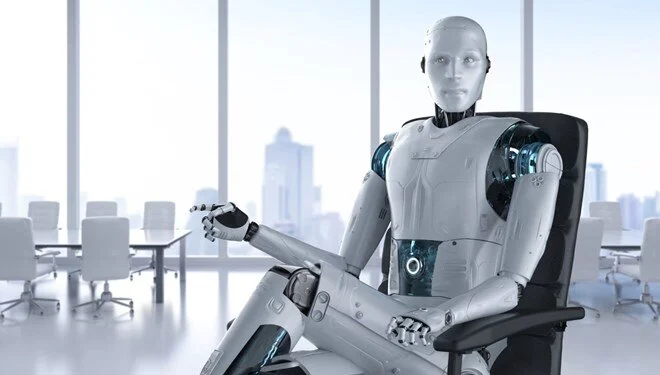
STEM education fosters students’ interest in Science, Technology, Engineering, and Mathematics. Robotic coding education enhances this interest by strengthening students’ desire to pursue careers in these fields.
Through robotic coding education and projects, students are encouraged to develop creative and innovative solutions, providing them with the opportunity to address real-world problems. This practical experience helps students improve their problem-solving skills and apply their knowledge to tangible challenges.
Additionally, robotic coding education contributes to digital literacy by teaching students to make informed and responsible decisions when using technology. It equips students with the skills to navigate the digital world effectively and emphasizes the importance of understanding the social and ethical aspects of technology.
Overall, robotic coding education is crucial for preparing students for the technological landscape of the future. It is instrumental in developing visionary individuals who can adapt to technological advancements, possess advanced problem-solving abilities, and generate creative solutions to emerging challenges.
WHAT IS THE PURPOSE OF ROBOTIC CODING WORKSHOPS?
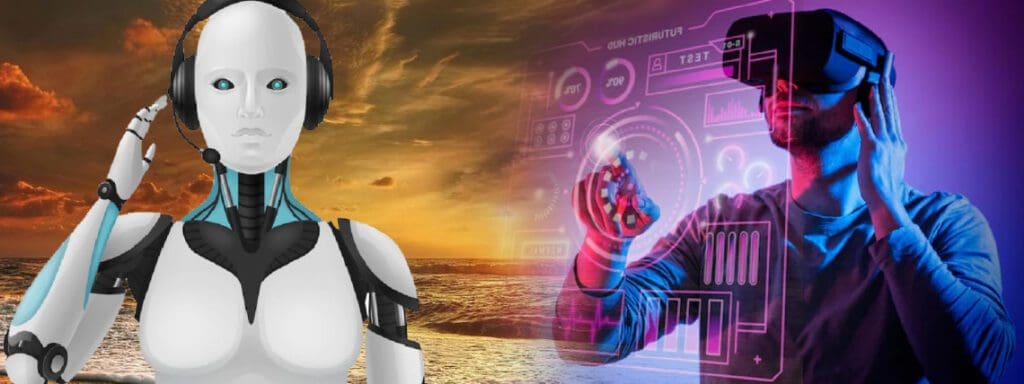
The purpose of robotic coding workshops includes:
- Teaching the Basics of Coding: Introducing children to fundamental coding concepts and practices.
- Programming Robots: Enabling children to install programs on robots and set them up for operation.
- Fostering Creativity: Encouraging children to use technology creatively and innovatively.
- Learning Through Fun: Providing an enjoyable learning experience that makes technology engaging for children.
- Developing Key Skills: Enhancing problem-solving, logical thinking, and analytical skills.
- Expanding Hardware Knowledge: Allowing children to add new components to basic robot kits.
- Practical Algorithm Testing: Giving children the opportunity to test algorithmic logic in practical scenarios.
- Understanding Robot Components: Teaching the functions of detection and control parts of robots and their practical applications.
- Real-World Problem Recognition: Helping children understand concepts like direction, physical magnitude, and coordinates through real-life problems.
Robotic coding workshops make technology accessible and engaging for students. They foster creative thinking and provide essential skills such as collaboration, problem-solving, and leadership, preparing students for future technological challenges.
IMPORTANCE AND EFFECTS OF ROBOTIC CODING TRAINING

Robotic Coding Education, a rapidly evolving and expanding field, equips students with essential programming and engineering skills for the future by working with robots.
Key Benefits of Robotic Coding Education:
- Enhancing Problem-Solving Skills: Students develop the ability to address and solve real-world problems through practical coding exercises.
- Boosting Reasoning Abilities: Robotic coding helps students understand cause-and-effect relationships and solve complex problems by breaking them into manageable parts.
- Fostering Creativity: By creating and programming robots, students improve their ability to generate original and innovative solutions.
- Developing Collaboration Skills: Robotic coding projects often involve group work, which enhances students’ communication and teamwork abilities.
- Increasing Interest in STEM: The course stimulates enthusiasm for Science, Technology, Engineering, and Mathematics (STEM), encouraging students to explore these fields further.
Robotic coding education provides a valuable opportunity for students to practice programming and engineering skills while developing crucial skills such as problem-solving, reasoning, creativity, and collaboration. By engaging with robotic projects, students gain practical experience that prepares them for future technological challenges and fosters a deeper interest in STEM disciplines.
Effects of Robotic Coding Training
Robotic Coding Education has significant benefits for students, fostering their ability to innovate and generate new ideas, which in turn contributes to societal advancement. As artificial intelligence and automation technologies become more prevalent, the demand for programming and engineering skills is growing. In this context, robotic coding education plays a crucial role in preparing the next generation of engineers and technologists. By equipping students with essential skills in programming and engineering, robotic coding education is pivotal in developing future leaders and innovators who will drive technological progress.
You may also like this content
- Robots Enter the Ring! The World’s First Robot Boxing Match Announced
- Which Robotic System Are You?
- How Advanced Is Your Robot Knowledge?
Follow us on TWITTER (X) and be instantly informed about the latest developments…










